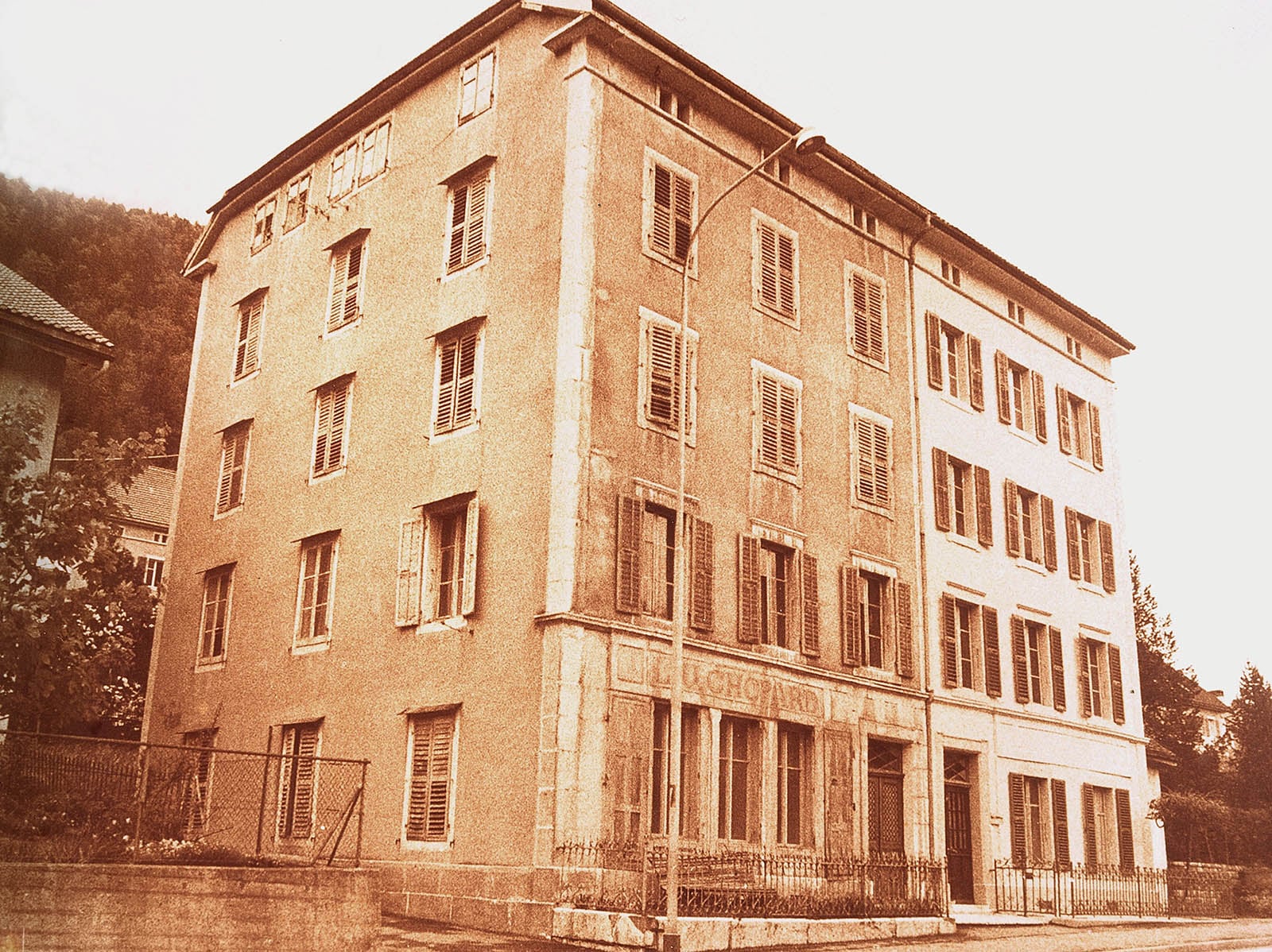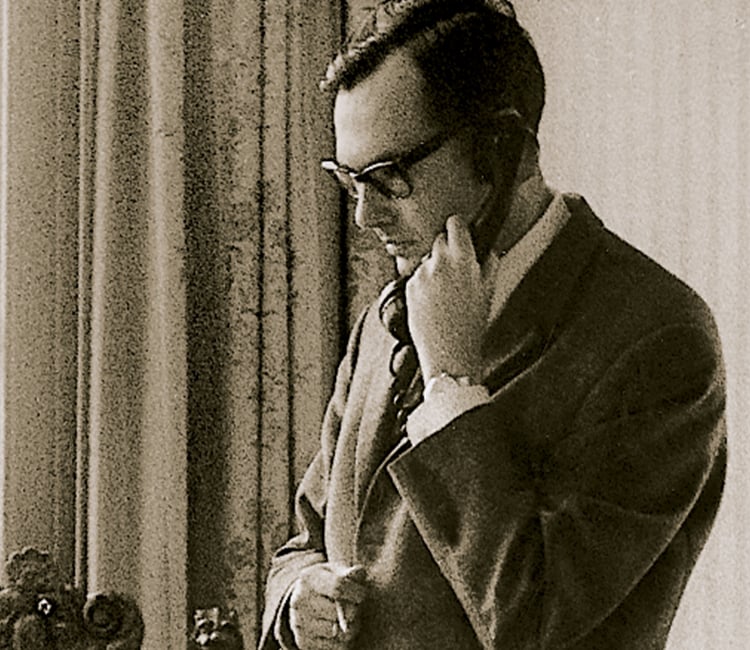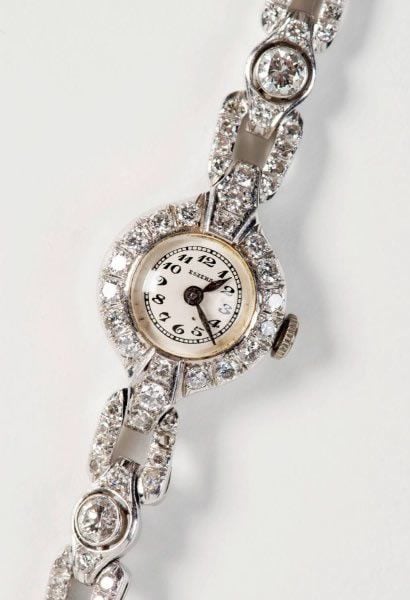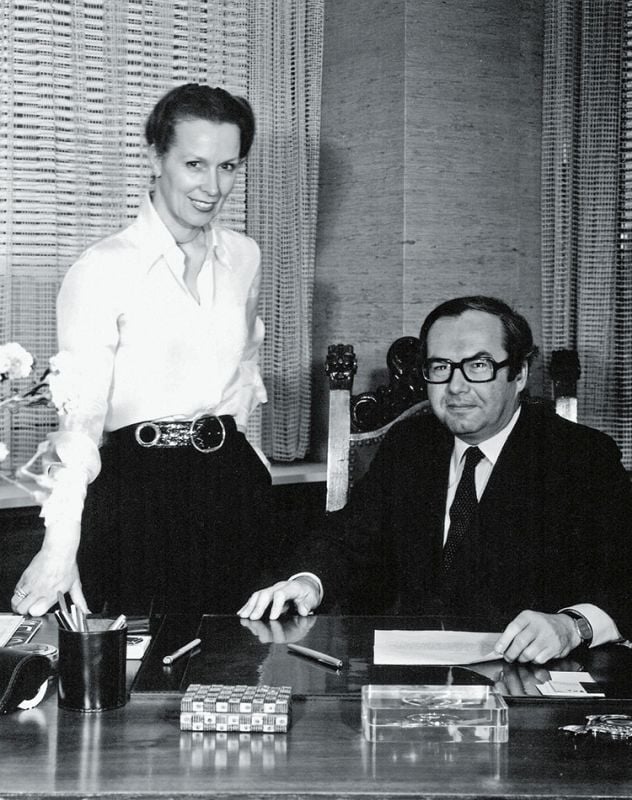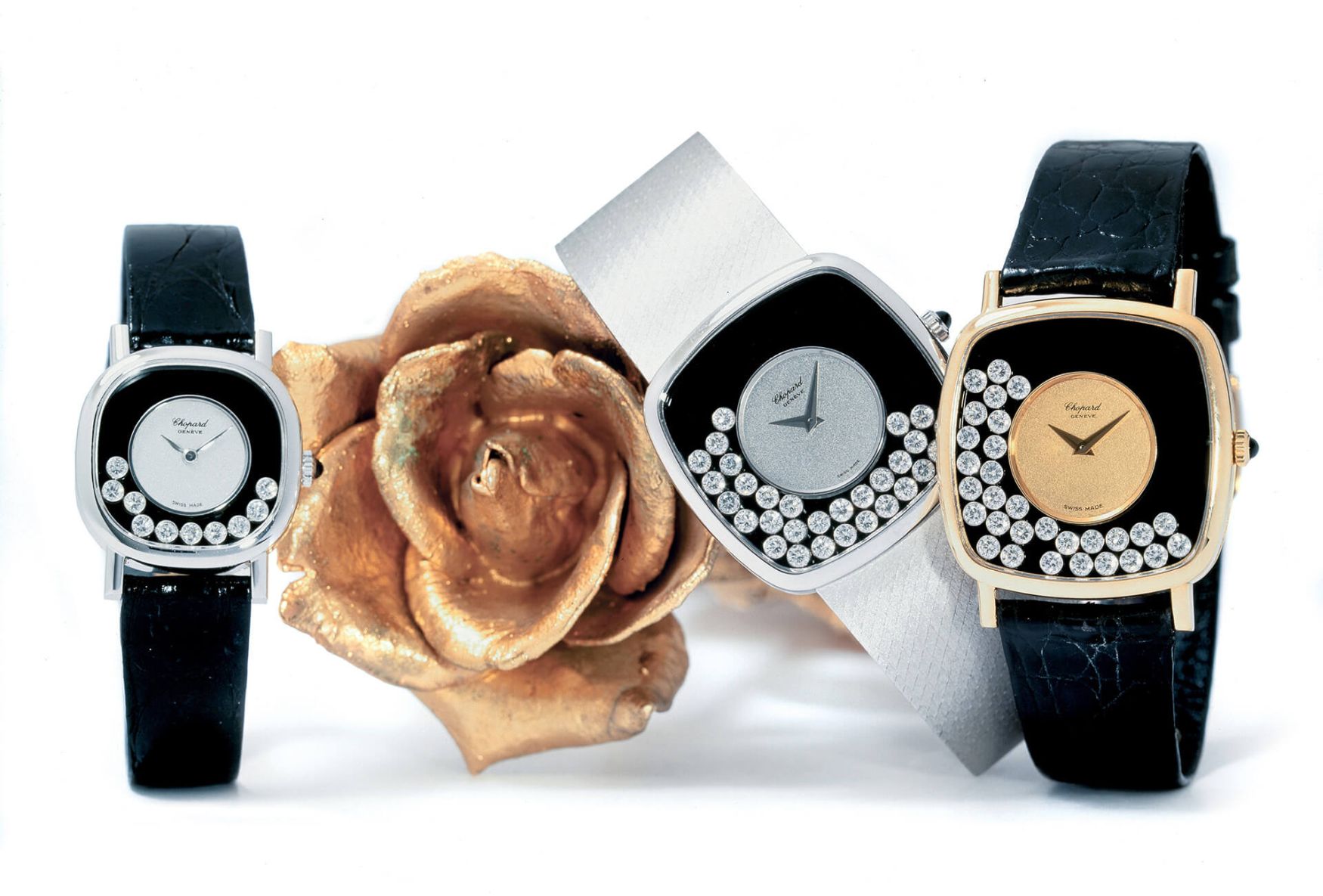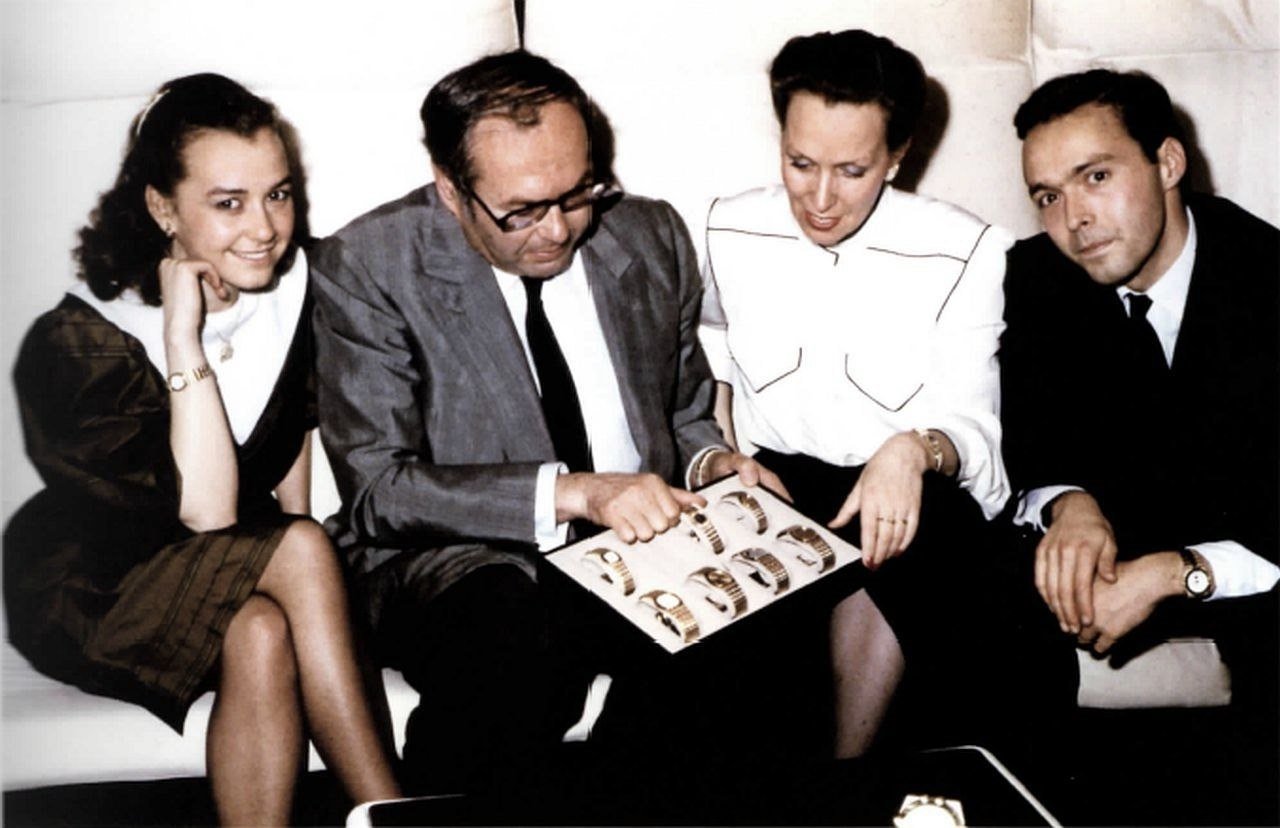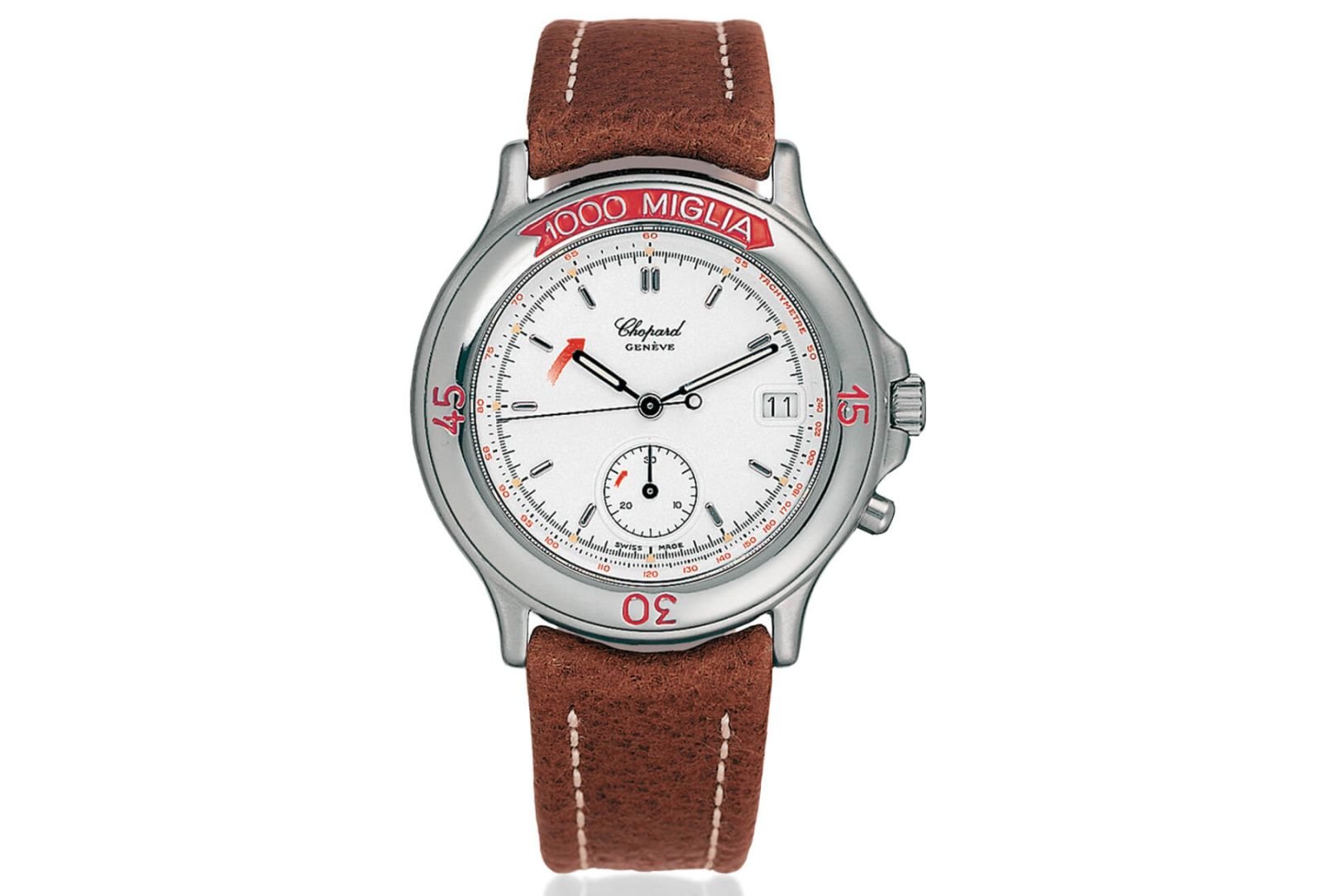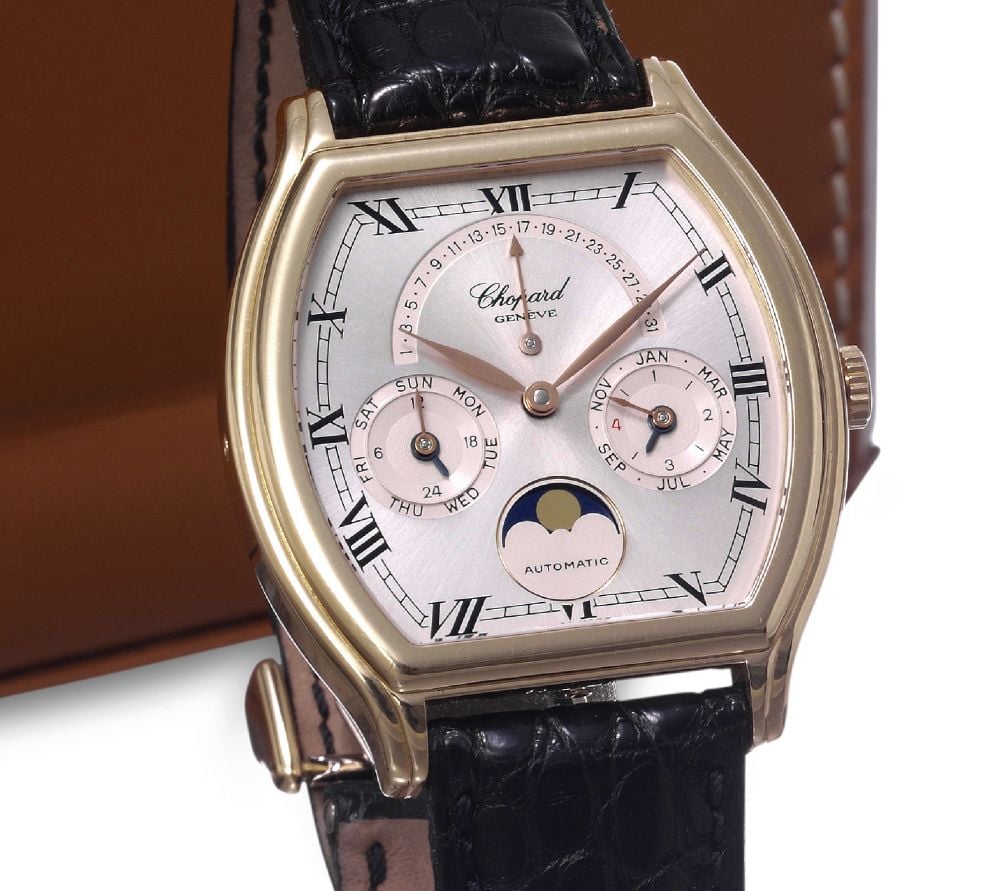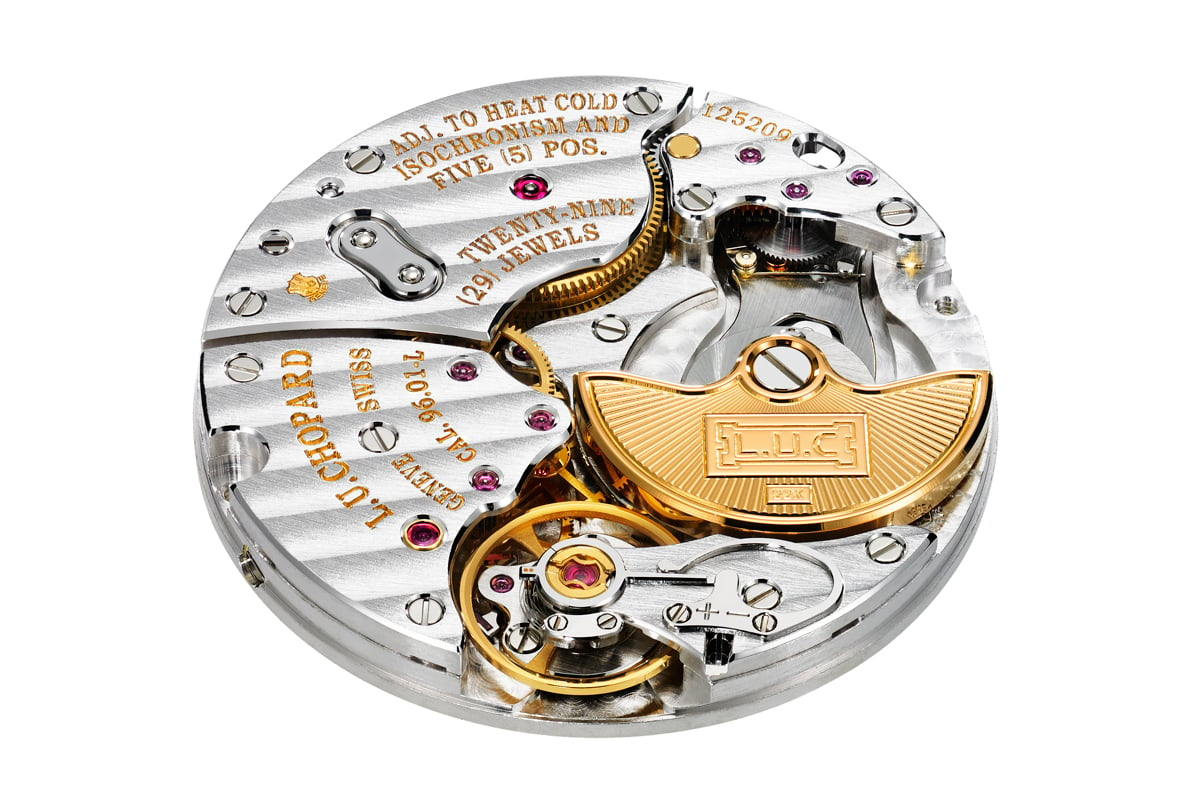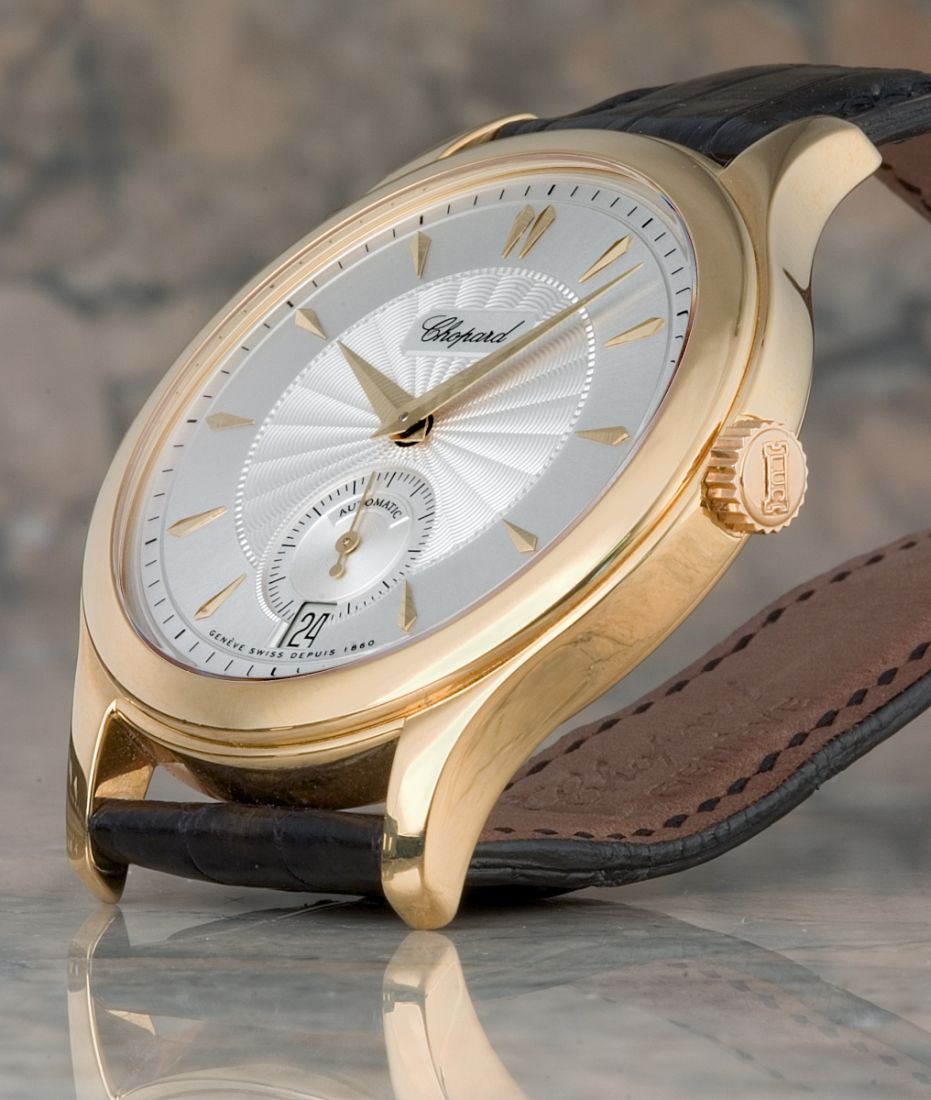A Brief History of Time: Chopard’s Watchmaking History — Part One: 1860–1997
If you’ve been following high horology seriously for a while, Chopard will no doubt be a familiar name. The brand has certainly been making a splash in the watch world for some time now. I dare say, however, that for as many who know and appreciate Chopard’s work, there is an equal or even greater number who simply do not. Many of us may associate the name with jewelry, gem-laden women’s watches, the Mille Miglia, or even a more “controversial” model, the Alpine Eagle. Unfortunately, many collectors are still unaware of just how much history the brand actually has, not simply as a jewelry maker, but as a legitimate player in the world of horology.
Today, Chopard is not only one of the last major family-owned companies left in the watch industry, but also nothing less than a vertically integrated high horology manufacture. Despite this, the brand remains one of the watch collecting community’s best-kept secrets. In the first of this two-part series, we will explore Chopard’s watchmaking history, uncovering the foundations upon which the modern manufacture was born. In the second part, we will explore the brand’s most stunning horological feats of the last 25 years. In so doing, we aim to lift the curtain on this fantastic brand, so that next time you see a Chopard timepiece in the display case, you may give it a second look before hastily turning your gaze to the usual suspects.
The watchmaker from Sonvilier
L.U. Chopard was founded in 1860 by Louis-Ulysse Chopard. Encouraged to learn watchmaking by his beekeeper father, the boy displayed a passion and proficiency in the craft from a young age. At just 24 years old, he established his first workshop in his hometown of Sonvilier, Switzerland. Located in the Swiss Jura watchmaking region, Chopard’s company was a manufacturer of pocket chronometers. While some watchmakers focused solely on movements for other companies, Chopard realized something very early on: to make his business the most profitable, he had better not only produce the movements, but also case and sell the watches himself.
Initially using components manufactured by specialist workshops in the region, Chopard would alter, fine-tune, and assemble movements to his master standards. He used them to fashion extremely thin and practical pocket watches perfect for daily use. His work quickly garnered critical acclaim, and he became the official timepiece supplier of the Tir Fédéral (the Swiss federal shooting association) and the Swiss Railway Company. Chopard then traveled throughout eastern Europe. By exhibiting his work, he gaining clients in Scandinavia and Russia. Tsar Nicolas II even became Chopard’s most famous client of the time.
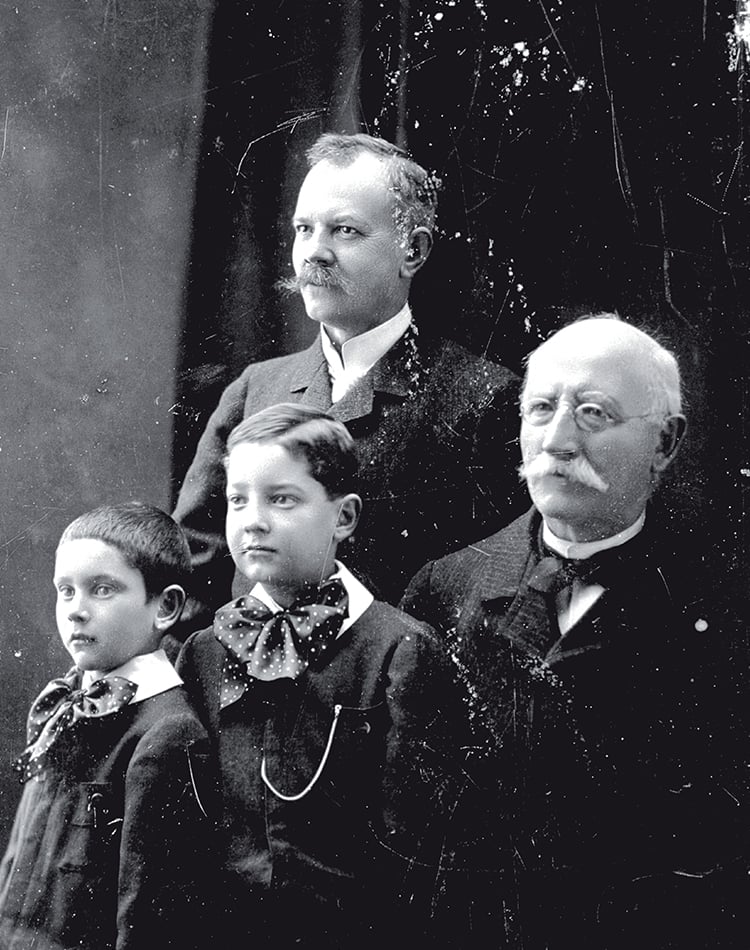
Three generations of Chopard watchmakers. Louis-Ulysse (front right), Paul-Louis (rear), and Paul-André (front left)
The Chopard heirs
When Louis-Ulysse passed away in 1915, his son, Paul-Louis Chopard, assumed control of the company. The watchmaker continued to produce reliable pocket chronometers for men and gem-set wristwatches for women. In 1922, Paul-Louis set up a subsidiary company in La Chaux-de-Fonds. This hub of watchmaking was home to several other major watch brands, including Breitling and Girard-Perregaux. A year later, Chopard moved its headquarters there from Sonvilier. In 1937, however, with its eyes set on global distribution, Chopard relocated once more to Geneva. Upon Paul-Louis’s passing in 1943, his son Paul-André Chopard assumed the reins of the company.
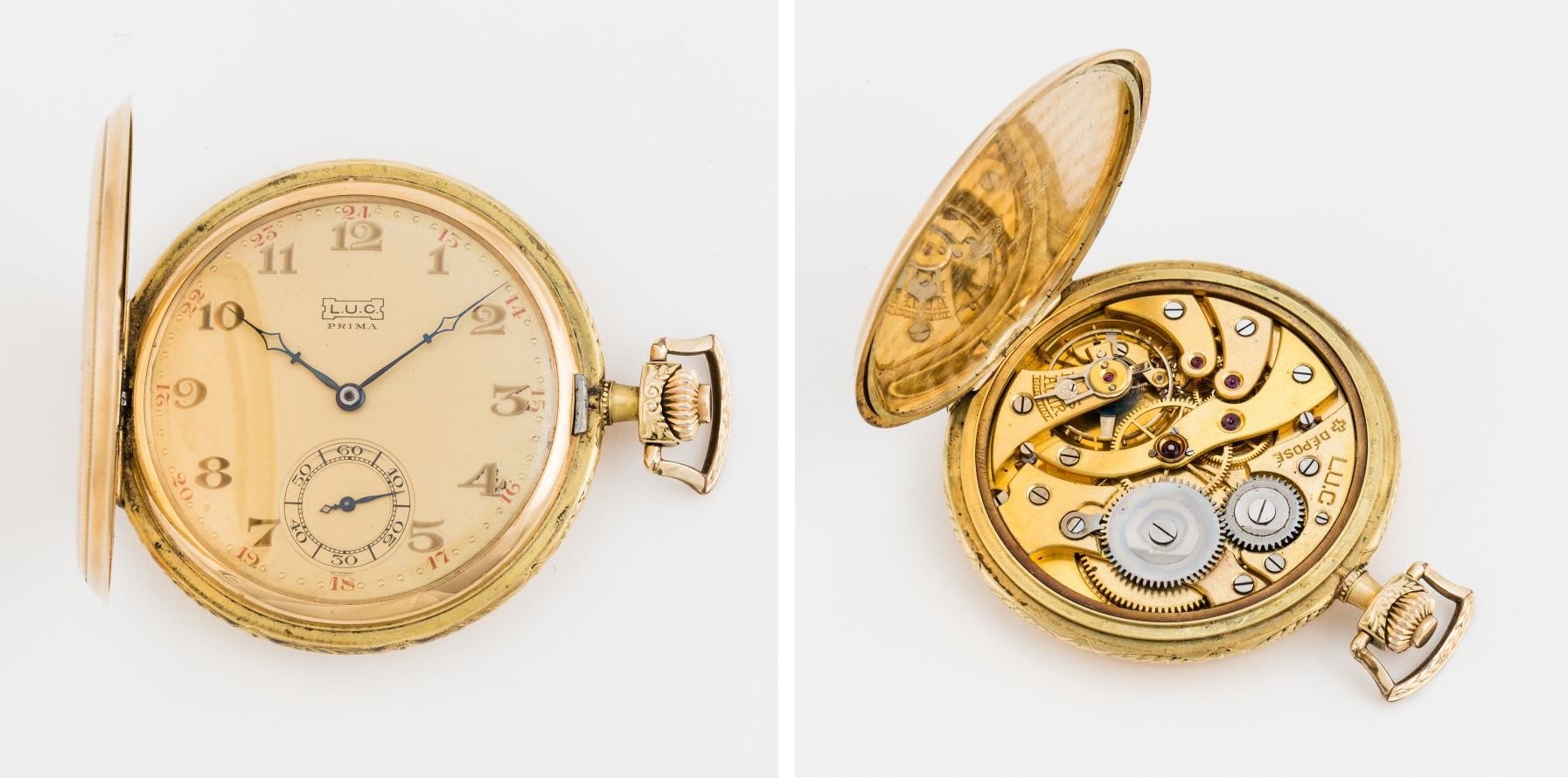
L.U. Chopard pocket watch in 14k gold, circa 1950. Produced under Paul-André Chopard. Image credit: Bukowskis.com
Times of conflict, however, had proven incredibly difficult for Chopard. Throughout World War II, most of the brand’s European markets had crumbled. Even after the war, they remained riddled with debt and uncertainty. Paul-André Chopard, though a seasoned and passionate watchmaker, was unfortunately not as adept in business. He had indeed managed to keep his grandfather’s company afloat long enough to see its 100th anniversary in 1960. However, despite still having some wealthy, loyal clients in Scandinavia, just five members of staff remained. Further, he had no sons who wished to follow in his footsteps. Chopard began to see that selling the family business would be the only way to save it. It was in 1963 that, rather by chance, that the perfect buyer presented himself. His name was Karl Scheufele III.
Eszeha
A German national, Scheufele was a third-generation businessman, watchmaker, goldsmith, and heir to the Pforzheim-based Eszeha jewelry company legacy. Eszeha had produced gem-set watches since the 1910s. Although Scheufele himself was a trained watchmaker, the company lacked the vertical integration necessary to produce its watches independently. Until that time, Eszeha had relied on movements supplied by IWC, Jaeger LeCoultre, and Vacheron Constantin to power its timepieces. Due to both client feedback and his own research, however, Scheufele wanted to make Eszeha’s watch line the most exclusive it could be. To do that, he would need to bring the entire manufacturing process under one umbrella.
Before World War II, his grandfather, Eszeha’s founder, had also wanted to acquire a Swiss movement maker for the business. Due to government restrictions, however, he was unable to do so. Scheufele’s renewed desire to go vertical was further hastened when found out that one of his most trusted movement suppliers had also been providing movements to one of his largest competitors. Promptly canceling their contract, Scheufele placed an ad in a Geneva newspaper stating his intentions to purchase a Swiss watch manufacturer in 1962. Thankfully, more than 20 manufacturers responded to his ad. The following year, he visited the watchmaking mecca with his father-in-law to carry out his plan.
To Geneva!
The two men spent days visiting these watchmaking workshops and firms. Some were big and some were small. All displayed varying levels of ability in their manufacturing, but on the last day, the pair remained unimpressed. While discussing their seemingly epic failure of a trip at a café, Scheufele noticed the sign of the nearby L.U. Chopard workshop. They had previously attempted to contact Paul-André by telephone but had been unable to reach him. They decided to give it one last shot, as it was a Sunday, and hopefully not a busy one. Fortuitously, Chopard picked up the phone and agreed to meet the German duo at his workshop.
Scheufele and Chopard hit it off immediately. Both men shared an appreciation for the finest craftsmanship and had the same vision for their company’s legacies. It was obvious that the two men were cut from the same cloth. That morning, the two struck a deal. Under Scheufele’s ownership, Chopard would continue to service old movements and produce new ones to be cased in Pforzheim. Instead of absorbing Chopard into the Eszeha brand, Scheufele elected to restore the Chopard name to its former glory. From then on, his company’s watches bore the Chopard name on the dial, with the Eszeha name only on the clasps. Much of the Chopard workshop was updated with modern machinery. Paul-André’s sacred workbench, however, remained untouched, and the master watchmaker continued to work there until his death in 1968.
The next generation
The Scheufele family now held Chopard’s legacy in its hands. While his wife Karin managed a plethora of business tasks back home in Pforzheim, Karl Scheufele III traveled the world, forming business relationships and increasing Chopard’s visibility in international markets. As the quartz crisis took hold of the Swiss watch industry and mechanical movements fell out of fashion, the Scheufeles drew on their jewelry-making expertise to keep Chopard relevant. In 1974, The brand built a new production facility in Geneva-Meyrin. There, Chopard produced opulent gem-set timepieces that would define the brand over the following decades.
Scheufele designed many of these watches for ladies. Through his travels in the Middle East, however, Scheufele discovered a demand for men’s gem-set timepieces. Therefore, in 1976, Chopard patented and released a design known as the Happy Diamonds. Originally a men’s watch, it featured 30 diamonds, individually set in gold sheaths. Suspended between two sapphire crystals, the diamonds were free to float around the central dial. It was a hit with the affluent, prompting a ladies’ version featuring 10 diamonds set in the same fashion. Soon thereafter, Happy Diamonds became exclusively a ladies’ offering. The year of its release, the Happy Diamonds watch won the jewelry industry’s prestigious Golden Rose of Baden-Baden award. Chopard would go on to receive this honor 15 times throughout the 1970s. Since then, the concept of floating diamonds has become synonymous with the brand’s jewelry, living on as a mainstay in Chopard’s current jewelry collection.
Daring, youthful energy
It was in 1980, however, that Chopard broke with its tradition, releasing its first-ever steel sports watch, the St. Moritz. The watch was the debut design from Scheufele’s 22-year-old son, Karl-Friedrich. At the time, its release was an extremely daring venture for the brand. His father was understandably hesitant to make such a drastic departure from the gem-set, precious-metal watches that had kept Chopard successful. Karl-Friedrich’s conviction in his design, however, eventually won the elder Scheufele over. A play on the sporty integrated steel bracelet watches popular at the time, the St. Moritz was a reflection of the new “sport chic” lifestyle that had become synonymous with its namesake Swiss alpine resort town. For the first time, a Chopard timepiece truly blurred the lines between sporty informality and elegance.
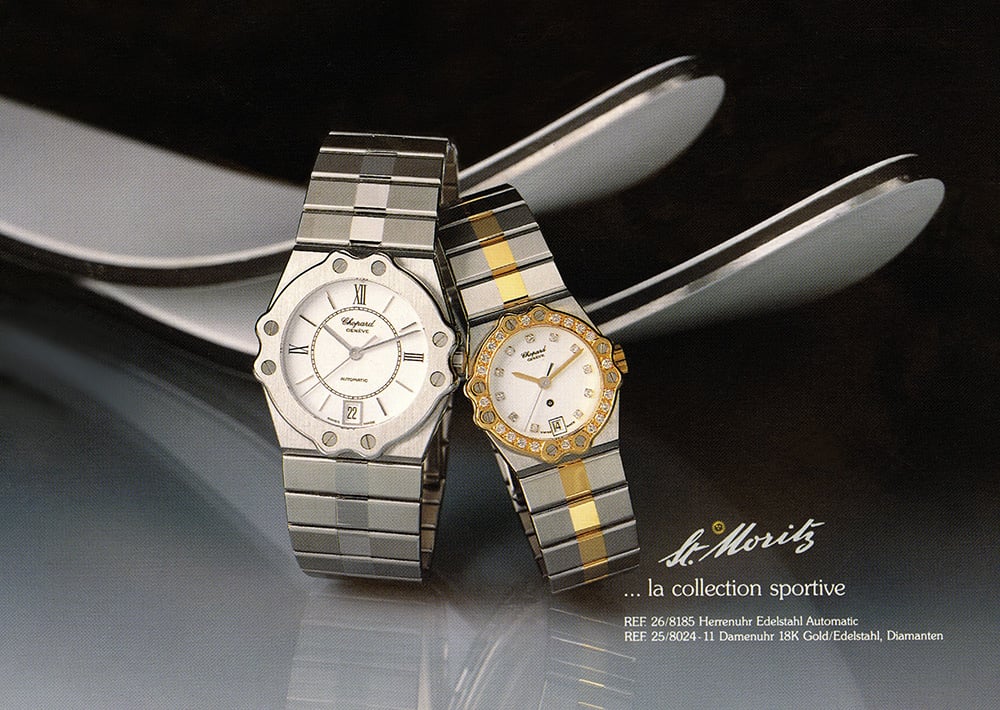
The St. Moritz was available in men’s and women’s sizes, first in steel, then in two-tone and full gold
The watch was very slim, and it featured eight large functional screws on the bezel. Set in pairs, the screws straddled the cardinal Roman numeral hour markers and date on the dial. Serving as a measure of water and temperature resistance, the screws became the stylistic calling card of the St. Moritz line. The rounded bezel contrasted the octagonal stainless steel case and rectangular, brick-like bracelet links. The St. Moritz debuted in both men’s and women’s sizes, and it was an instant hit for the brand. For the next 25 years, the watch constantly evolved in its execution, remaining a best-seller for Chopard. Though the design and release of the St. Moritz was Karl-Friedrich’s first big success with Chopard, it would certainly not be his last.
A new style of Chopard timepieces
In 1985, Karl-Friedrich and his sister Caroline became co-presidents of Chopard. While Caroline managed the women’s jewelry line, Karl-Friedrich managed the brand’s men’s line and timepiece collection. In 1988, Chopard stepped even further into the world of sport, becoming the official timekeeping partner of the famed Italian road race, the Mille Miglia. Started in 1927, the 1000-mile race from Brescia to Rome and back was banned in 1957 after two tragic accidents. After nearly 30 years, however, it was reinstated as an annual event in 1986. Further, it was only open to original cars which competed during the race’s original 30-year run. Karl-Friedrich’s love of these classic automobiles inspired not only the brand’s partnership with the race but also the introduction of the Mille Miglia line of watches.
Chopard released the first Mille Miglia watch in 1988. At 32mm, it was the smallest mono-pusher quartz chronograph on the market. Its stark white dial featured a single 30-minute chronograph register, a red tachymeter scale, and luminous pips. The Mille Miglia arrow logo was both printed on the dial and inscribed into the bezel itself. This watch was the first in a line that continues to this very day. Currently, both Classic and GTS models populate the Mille Miglia line. While the Classics represent the aesthetics of the competing cars made between 1927 and 1940, the GTS models pay tribute to those from 1941 to 1957. Historically, most of these watches have utilized a variety of quartz movements and ETA/Valjoux mechanical calibers, representing the more accessible end of Chopard’s lineup.
Not losing sight of its roots
Throughout the quartz crisis, Chopard owed 90% of its watch revenue to its quartz-powered pieces. This did not, however, stop the brand from using mechanical movements altogether. On the contrary, the brand produced higher-end pieces and limited editions using respectable Frédéric Piguet and Jaeger-LeCoultre calibers. The Luna d’Oro, released in 1994, was not simply mechanical, but an automatic perpetual calendar with moonphase and retrograde date display. The watch used a perpetual calendar module by complications master Svend Andersen, mounted atop an ultra-thin Piguet caliber P-70. The Luna d’Oro debuted in round gold and platinum cases, and Chopard offered it as a limited edition only to its top customers. Tonneau-shaped versions followed, featuring the same module atop a Jaeger-LeCoultre 888 base caliber. These were also released in limited numbers.
It was during the early ‘90s, however, that the modern history of Chopard as an independent manufacture began. As a true watch enthusiast, Karl-Friedrich Scheufele longed to return Chopard to its roots as a mechanical movement maker. After all, his father had purchased the company from Paul-André Chopard with the very intent of producing mechanical movements independently. Nevertheless, due to the quartz crisis and shifts in market demand, Chopard had understandably adjusted its business focus. As mechanical movements slowly started becoming popular again, the majority of the industry found it safe to use proven third-party calibers. Scheufele, however, knew that Chopard could do better, even if it meant risking millions. Therefore, in 1993, he and a small team of watchmakers set to work designing the brand’s very first in-house automatic movement.
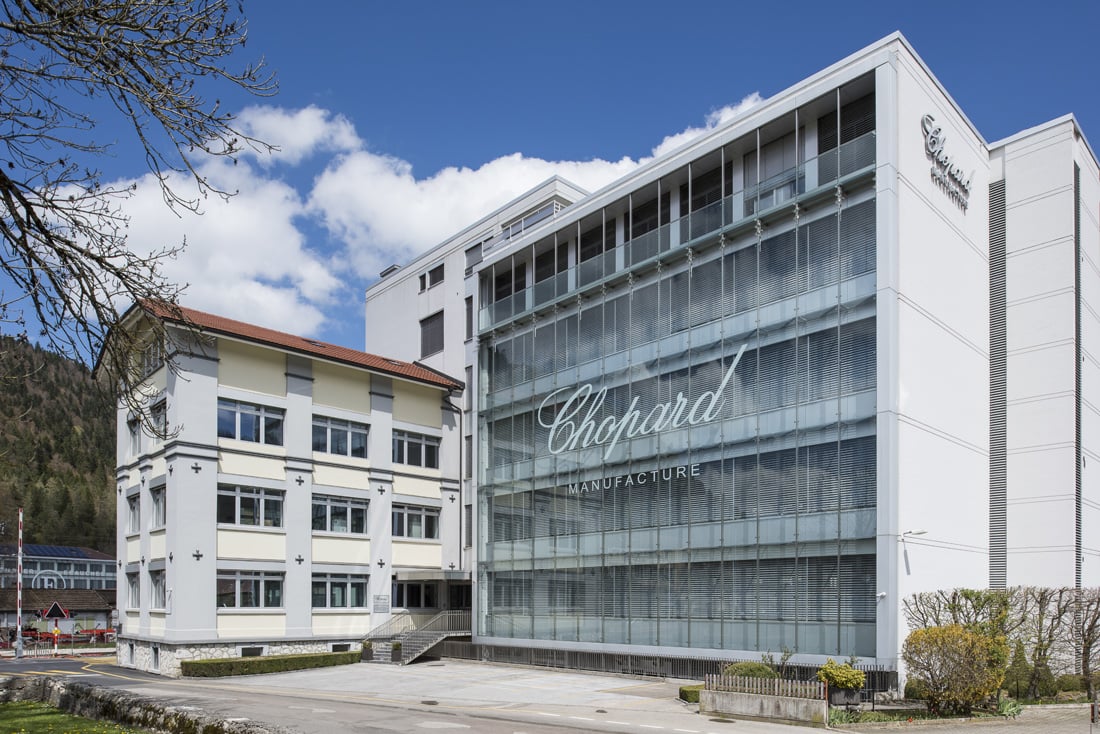
The modern-day Chopard Manufacture in Fleurier. While Chopard originally rented it from the Swatch Group, the brand now owns the building.
The birth of the new manufacture
Setting up shop in the quiet town of Fleurier, Chopard’s movement development team began their journey in an area of a facility rented from the Swatch group. Blessed with the necessary machinery and supporting funds, the team either had or could get what they needed to produce a movement from the ground up. The team realized from the beginning that to become a strong manufacture, they needed a strong foundation. Thus, they set out to produce a movement upon which all future ones could be based. Headed by Michel Parmigiani, and with constant input from Karl-Friedrich Scheufele himself, the team developed the remarkable L.U.C. caliber 1.96.
Measuring just 3.30mm in thickness, the ultra-thin caliber featured a 22-karat gold micro-rotor with bi-directional winding capabilities. In addition to this rare and elegant winding solution, the 32-jewel movement beat at 28,800 vibrations per hour, was COSC chronometer-certified and contained two ultra-thin barrels stacked on top of each other for 70 hours of power reserve. Typical of an ultra-thin movement, the caliber displayed hours, minutes, and small seconds. More uncommonly, however, the date was also present at six o’clock. The swan neck regulator ensured precise adjustment, and the Breguet overcoil hairspring enabled the watch to keep accurate time regardless of position and the effects of gravity. The 1.96 caliber was immaculately hand-finished with Geneva stripes, perlage, and beveled bridges, and assembled in Geneva, earning it the prestigious Geneva seal.
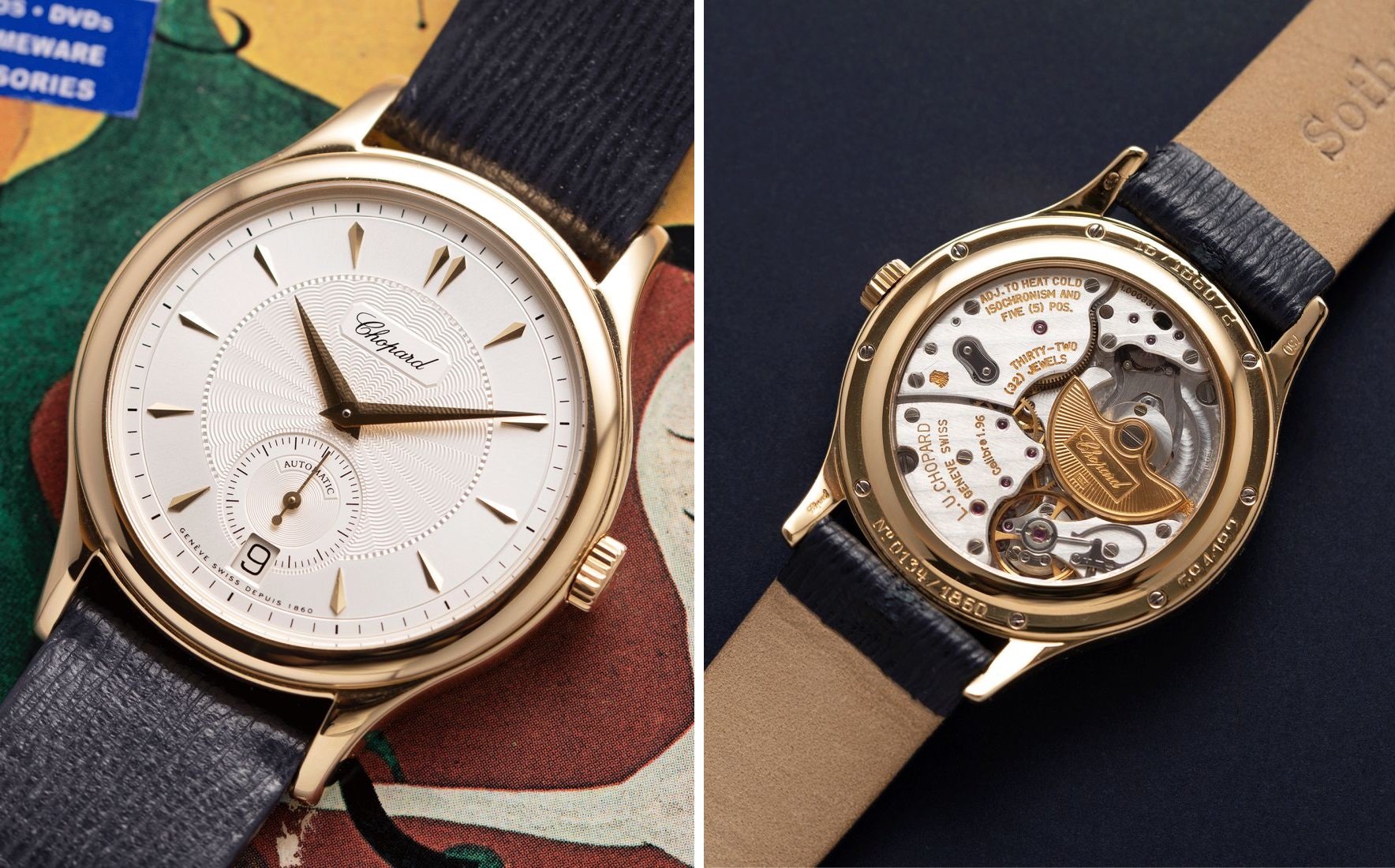
The debut model from Chopard Manufacture, the L.U.C 1860 in yellow gold. Image credit: Ssongwatches.com
Unveiling the fruits of their labor
After three years of development, the manufacture announced the movement in 1996. It debuted the following year in the Chopard L.U.C 1860. This watch featured a 36.5mm case, measuring just 8.4mm in thickness. Gold dauphine hands lay atop a solid gold guilloché dial produced by Metalem (who would go on to produce a very similar dial for Philippe Dufour’s Simplicity in 2000). The hand-polished, hand-applied indices perfectly mirrored the dauphine design of the hands. Of course, the new caliber 1.96 was proudly on display, visible through a sapphire case back, while a solid case back option was also available. The L.U.C 1860 was initially released as a numbered edition of 1860 pieces in white, yellow, and rose gold. An even smaller number of platinum-cased versions followed.
Chopard Manufacture’s debut offering was unfortunately not an instant hit with the public. By that time, most people had come to know Chopard as a luxury jewelry brand, not a maker of high horology timepieces. Within watch enthusiast circles, however, the 1860 was heralded as a masterpiece. In 1997, it was awarded the title of Time Zone’s Watch of the Year. With positive reception from the industry, the team forged ahead. Off the back of caliber 1.96, the Fleurier workshop would go on to create a whole new horological legacy for the Chopard name.
We hope you have enjoyed diving into the history of Chopard with us here in Part One. Thankfully, though, the juiciest part of the tale is just beginning. Join us back here soon for Part Two, in which we’ll take a deeper look at the manufacture’s most modern mechanical marvels!

